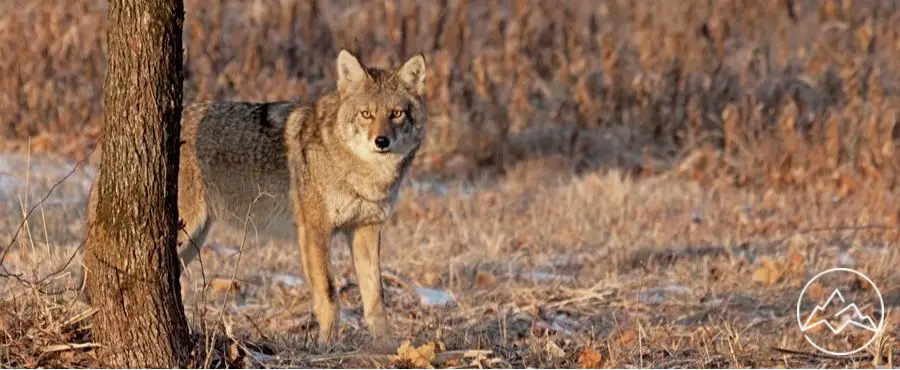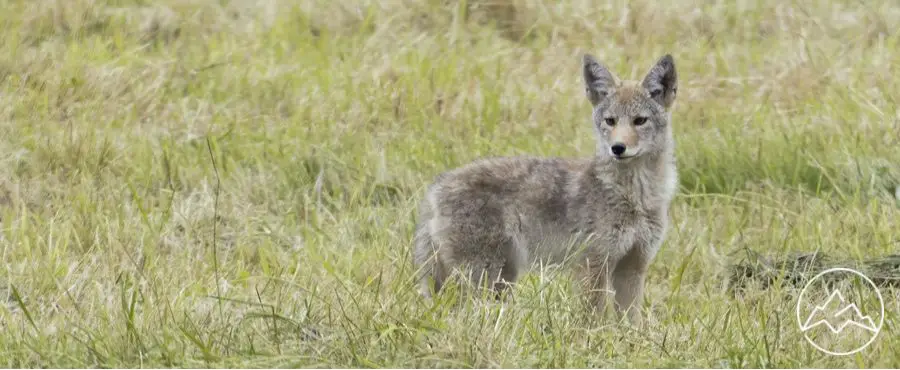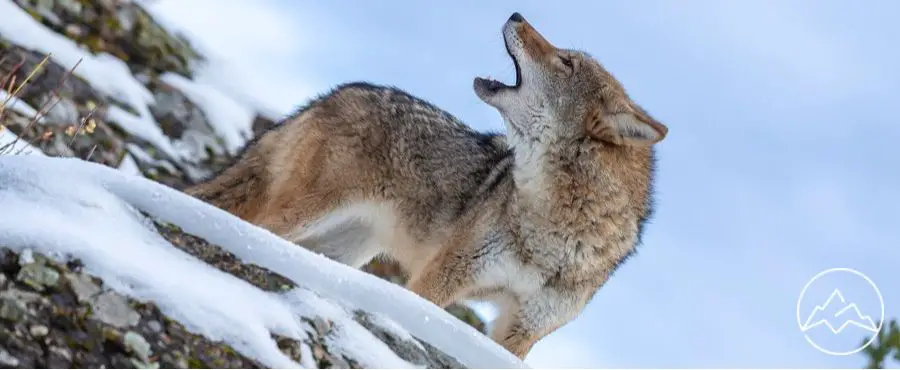Coyotes are primarily nocturnal predators. While you can call them in the day using different calls, it is much more effective to call them at night. Coyotes are most active at night and are most vocal in darkness.
Hunting coyotes using artificial light is not legal in all states. Some states allow hunters to hunt coyotes only at night with shotguns. Some states still have strict regulations regarding nighttime hunting. Before you pursue coyotes at night, make sure you understand and comply with the rules.Although it may seem easy and even cheating to use the darkness to chase coyotes at night, don’t underestimate their abilities. Coyotes were designed to hunt in darkness. Their eyes, ears, and nose give them an advantage regardless of whether it is daylight or dark. These tools and tactics will allow you to successfully communicate with a coyote after the sun sets. (We’ve also got more info on coyote hunting in general.)
1. Scout during the day
Scouting is still necessary for hunting in the dark, but you shouldn’t expect to find outstanding hunting spots after dark. For successful coyote hunts, it is important to scout during daylight hours. You should look for areas that combine croplands, grasslands, and timber. When you are looking for coyotes at night, think of yourself as a predator hunting small rodents under the cover of darkness.
2. Remember to account for the wind
Calling coyotes at night is different than calling them during the day. It’s important to avoid being skylined or breaking up your outline after dark. You can use the darkness to camouflage you, but keep the moonlight from shining directly on you as you set up. First, choose a location that is wind-friendly, and second, a great vantage point. A coyote’s nose may not be as effective after the sun goes down, but it is still very effective. To keep your scent from being detected, hunt a headwind or crosswind. Remember that most coyotes will approach you from the downwind. When you’re hunting in the night, consider the effectiveness of your light. Your light will be most effective in open areas, even if there is only a small elevation. It can be difficult to hunt in an area effectively if terrain or foliage is blocking the light. This could make it harder for predators to see you.
3. Scanning
Calling coyotes in darkness is more than just turning on the flashlight and making a prey cry or vocalization. High-performance hunting lights are essential for predator hunting in darkness. Scanning is fast and you can then do another scan. You are more likely to spot a coyote’s eyeshine if you scan quickly and use a powerful light. Do not try to find a whole coyote, instead, look for eyes that are reflecting off your hunting light.
4. Choosing a light
Hunters have the option of using a weapon-mounted light source, a light that has a handle, or both. One type of light might work better for you depending on your circumstances. A light with a handle must be supported on a tripod, or bipod to cast your light. However, it provides the most versatility and maneuverability. A weapon-mounted light is not recommended. It will make it difficult to scan quickly with your light and can limit the range of where your light can be pointed safely.Hunting with a partner is a great way to have the best of both worlds. Designate a hunter who will run the light and handle the calling. The other partner is the shooter, with a weapon-mounted light at the calling stand. From stand to stand, take turns operating the light and the trigger. To keep the conversation to a minimum, create a protocol before hunting with your partner. You can keep your eyes on the target by simply shaking the light beam around.
5. Eyeshine
Do not start by trying to find the entire body of an animal. Eyeshine is the reflection of your light on an animal’s eyes. Eyeshine can be seen from greater distances than what you can shoot at night. This gives you the opportunity to identify your target and adjust the calling strategy to suit the coyote’s body language.
Once you have identified a pair of glowing eyes in the darkness, follow it with the “edge” or outer perimeter of the beam. You can positively identify the animal by keeping the light on it. Other animals such as deer, fox and raccoons may also produce eyeshine similar to your coyotes.6. Choosing a light color
Ask three coyote hunter hunters which color they prefer. You’ll get three different answers. Each light has its advantages and disadvantages, so it is up to you to choose. Some hunters have reported animals becoming uncomfortable with certain lights, but that is up to you and your personal preferences.
- White: White light is best for hunting at night and calling. Bright light is actually camouflaging for the hunt. While white light might give the shooter an easier idea of the target’s range, it can also affect your peripheral vision more than other colors.
- Red: The red light might provide better vision than the green or white light. Red light is the best way to hunt coyotes at night. It’s also less likely to cause eye damage during the hunt and can reduce eye fatigue.
- Green: A green light can be picked up by the human eye very well. This can help you see darker objects more clearly than red light. Green light can cause eye fatigue in some people.
7. Judging distance
At night, it can be difficult to determine the distance from a target. When you’re scouting during daylight hours, pay particular attention to the ranges and potential shooting areas. Things can look very different in the dark. This can make it difficult to see the distance between you and your landmarks in the darkness.
Nighttime shooting is best done with shorter shots. It can be challenging to identify a coyote at night from a longer distance.





